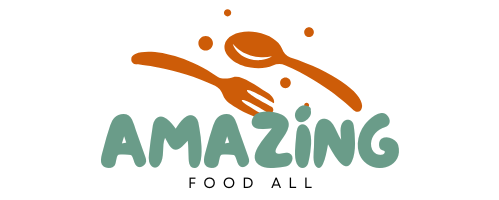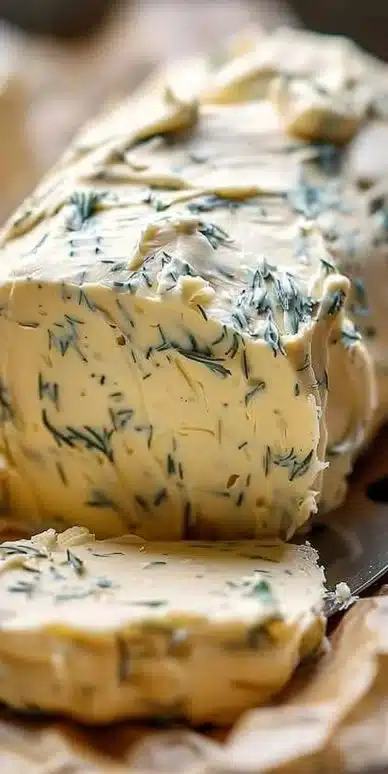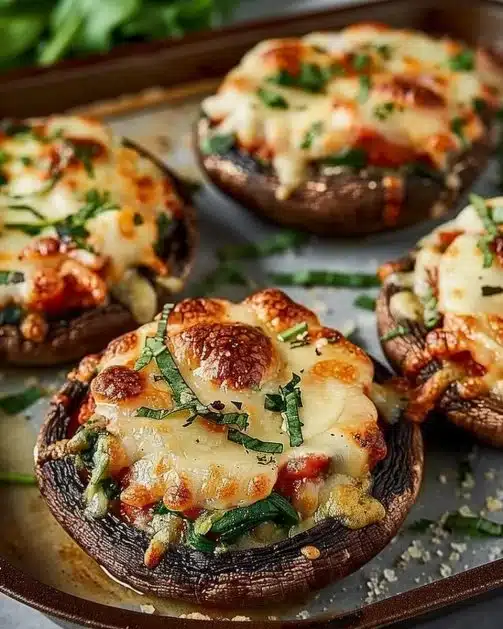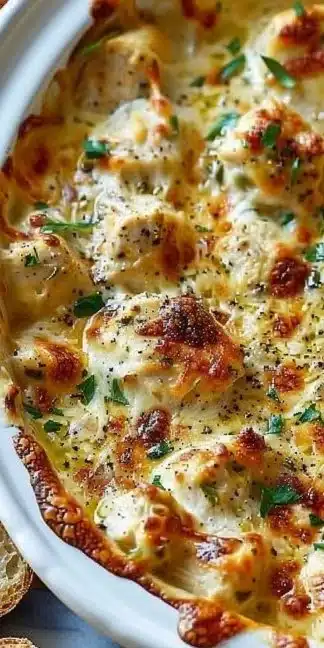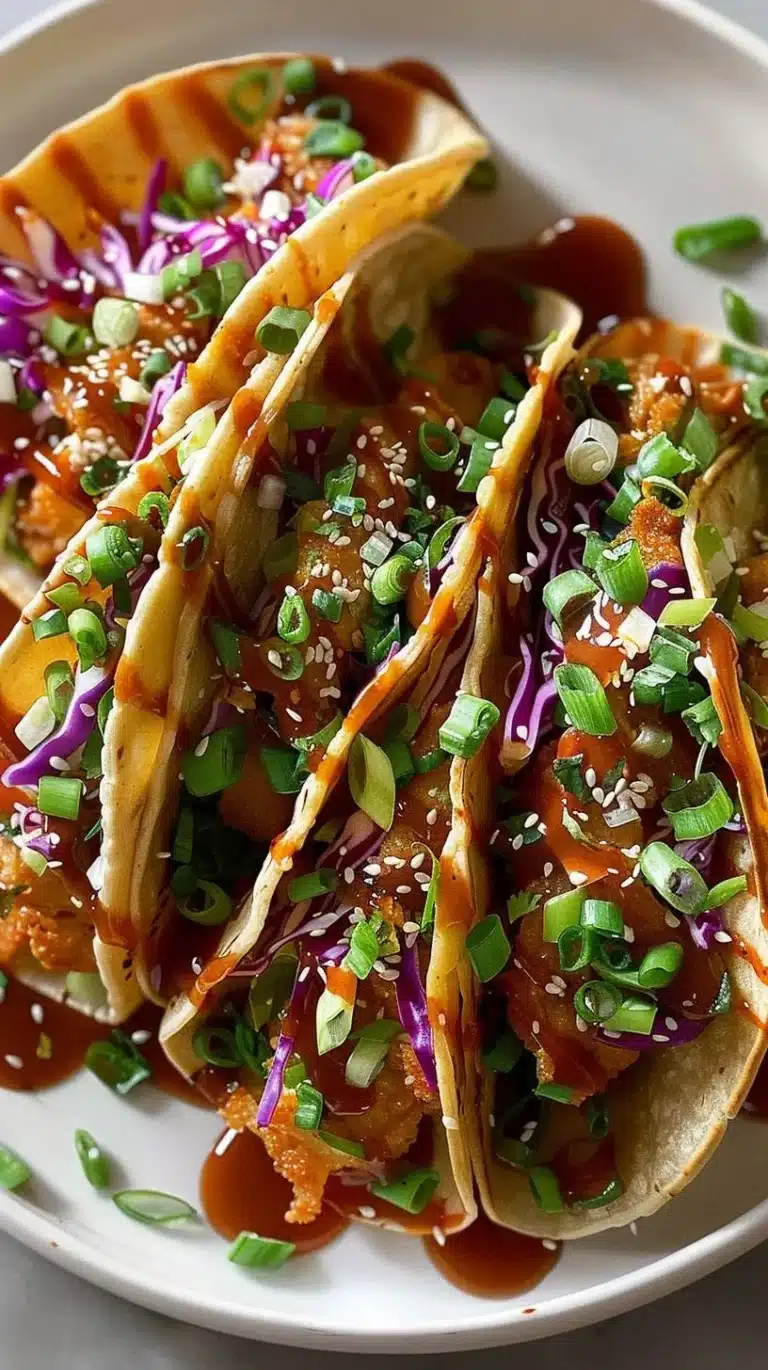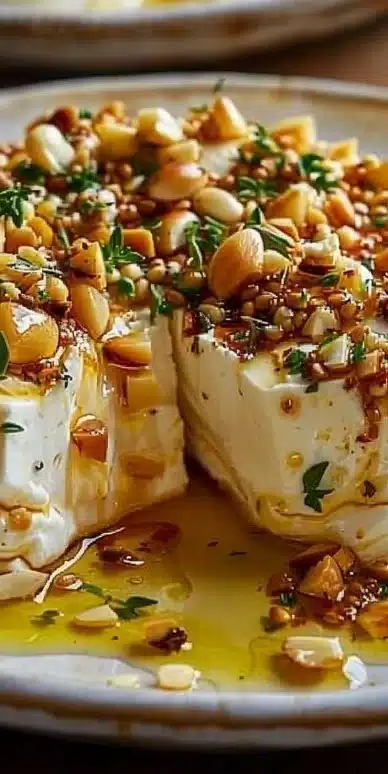How to Freezing fresh corn – One Hundred Dollars a Month
Freezing fresh corn is one of the best ways to preserve its sweet flavor and crisp texture all year round. Whether you’ve stocked up during peak season or harvested a bumper crop, learning how to properly freeze corn can help you enjoy this versatile veggie anytime. Inspired by the simple and effective method from One Hundred Dollars a Month, this guide breaks down each step with practical tips.
Table of Contents
Preserving fresh produce at home not only saves money but also reduces food waste. According to the USDA’s guidelines for freezing vegetables, freezing is one of the safest and most effective methods of long-term storage, especially for vegetables like corn that retain texture and flavor well after thawing.
If you’re wondering whether corn needs to be cooked before freezing, the answer is yes—but briefly. The University of Nebraska Extension recommends blanching corn to deactivate enzymes that can lead to flavor and texture loss during storage. This quick step makes a huge difference in maintaining quality.
Why Freeze Corn?
- Preserves nutrients better than canning
- Keeps that farm-fresh taste
- Great for soups, casseroles, and more
- Stores for up to 12 months without losing quality
Choosing the Right Corn
Not all corn is created equal when it comes to freezing. Your best options are:
- Sweet corn – retains flavor and texture best
- Yellow or bi-color – popular choices for freezing
- Avoid field or feed corn varieties
Look for:
- Bright green husks
- Plump, milky kernels
- No signs of shriveling or insect damage
What You’ll Need To Freezing fresh corn
Before you begin, gather these tools to streamline the process:
- Large stockpot
- Ice bath (large bowl with water and ice)
- Sharp knife or corn zipper
- Cutting board
- Quart- or gallon-size freezer bags
- Permanent marker for labeling
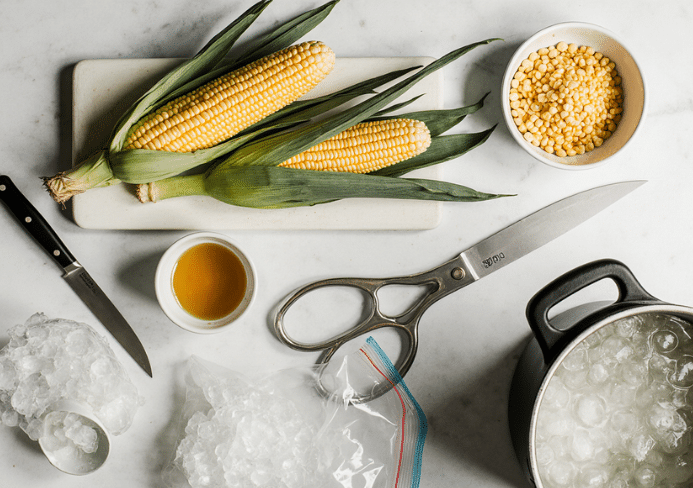
Step-by-Step: How to Freeze Fresh Corn
1. Shuck the Corn
- Peel off the outer husks
- Remove all the silk strands (a vegetable brush works well)
- Cut off the stem end for easier handling
2. Blanch the Corn
This is a key step to preserve both taste and texture.
- Bring a large pot of water to a rolling boil
- Add corn cobs and boil for 4 minutes
- Immediately transfer to the ice bath to stop the cooking
3. Cut the Kernels
Once cool, you can cut the corn in two main ways:
- Whole Kernels: Hold cob vertically, slice downward with a sharp knife
- Creamed Corn Style: Run the back of the knife over the cob to release the milky pulp
Pro Tip: Use a bundt pan to steady the cob while cutting kernels off
4. Pack for Freezing
- Fill freezer bags about ¾ full to allow for expansion
- Press out air before sealing (or use a vacuum sealer)
- Label each bag with date and type (e.g., “Sweet Corn – July 2025”)
Freezing Options
You can freeze corn in different forms:
- Whole Corn on the Cob
Great for grilling or boiling later - Cut Kernels
Ideal for everyday recipes - Creamed Corn Base
Best for soups and chowders
Storage Guidelines
- Use quart-size freezer bags for easier portions
- Stack flat in the freezer for efficient storage
- Corn lasts up to 1 year at 0°F (-18°C)
How to Use Frozen Corn
Frozen corn is incredibly versatile. You can use it straight from the freezer or thawed in the fridge.
- Toss into soups or stews
- Sauté with butter and herbs for a side dish
- Blend into chowder or corn bisque
- Mix into cornbread batter or muffins
- Add to pasta dishes or rice bowls
And it’s good for you too—corn is rich in fiber, vitamin C, and B vitamins. According to Mayo Clinic, corn can be a heart-healthy carbohydrate source when eaten in moderation.
Tips for Bulk Freezing
- Freeze in small batches to maintain water temperature during blanching
- Lay bags flat in the freezer for even freezing and better storage
- Use a timer to avoid over-blanching
What to Do With the Leftover Cobs
Don’t toss those cobs! Here’s how to put them to use:
- Feed them to chickens or livestock
- Compost them in your garden pile
- Use them to make corn cob stock (great for soups)
Common Mistakes to Avoid
- Skipping the blanching step
- Freezing corn while still warm
- Using thin or cheap storage bags
- Not labeling bags (you’ll forget, trust us!)
FAQs
Can you freeze corn without blanching it?
Yes, but it will likely lose flavor, texture, and color faster. Blanching is recommended for best results.
How long does frozen corn last?
Up to 12 months in a properly sealed bag and kept at 0°F.
Do you need to cook corn before freezing?
Blanching for 4 minutes is enough—fully cooking is not necessary.
Can you freeze corn on the cob?
Yes. Blanch for 4–6 minutes, then cool, dry, and freeze whole.
What’s the best way to thaw frozen corn?
For most recipes, you don’t need to thaw it. If needed, place in the fridge overnight or rinse briefly under cold water.
Can you freeze grilled or roasted corn?
Yes. Cool it completely, then slice off the kernels and freeze like usual.
Final Thoughts
Freezing corn is a rewarding way to make summer last all year. With a little prep and a few simple tools, you’ll have delicious, farm-fresh corn ready for every season. Inspired by One Hundred Dollars a Month, this method is budget-friendly, easy, and satisfying.
